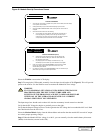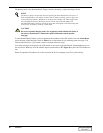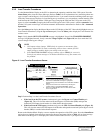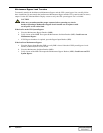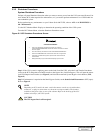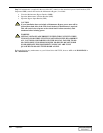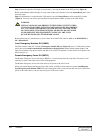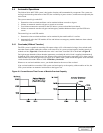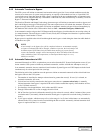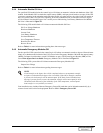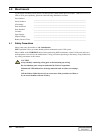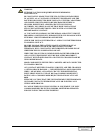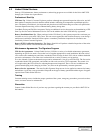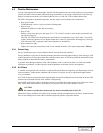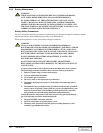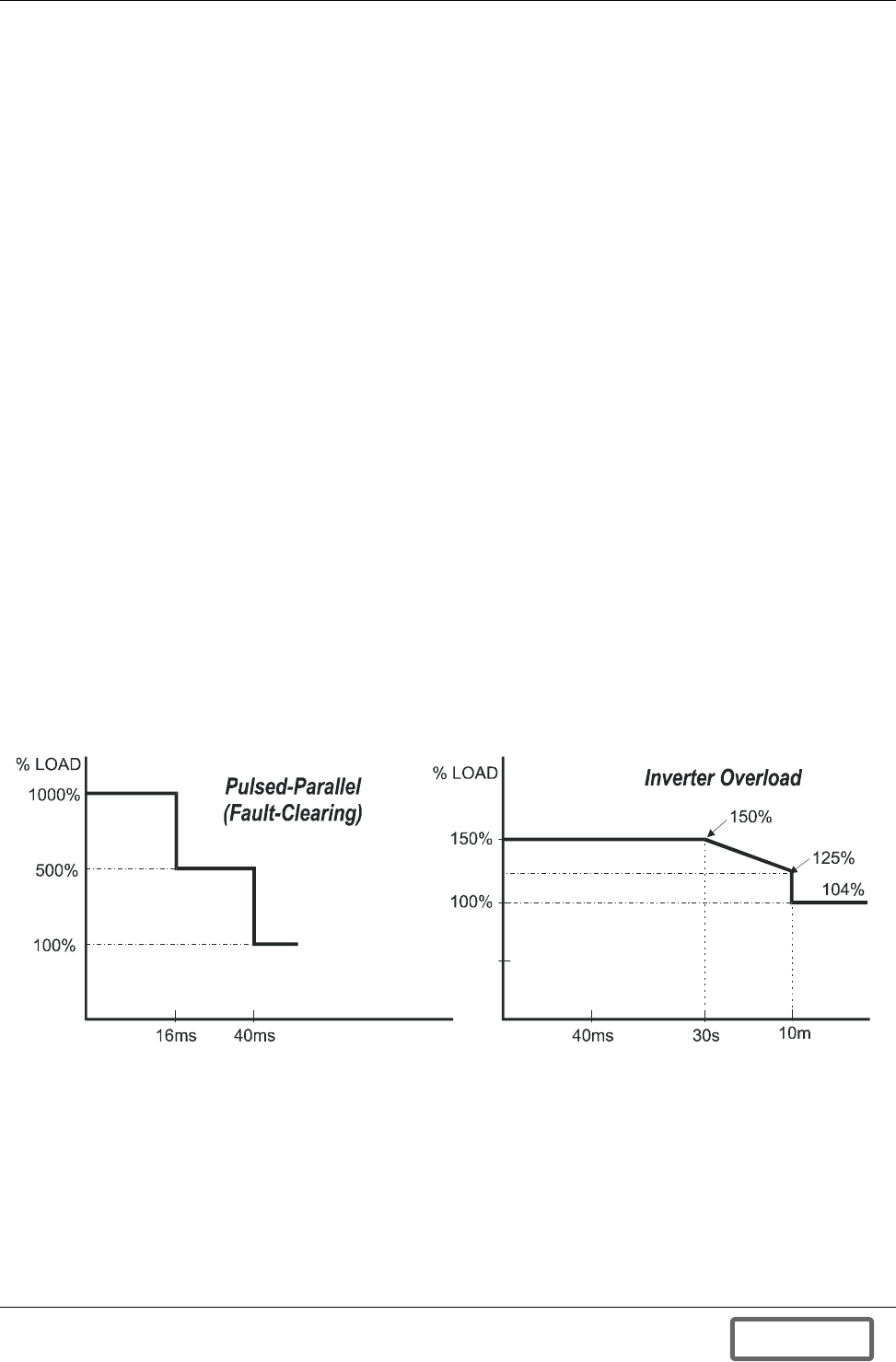
Operation 103
3.4 Automatic Operations
The Liebert Series 600T UPS system is designed to function while unattended by an operator. The system con-
trol logic monitors the performance of the UPS, the availability of power sources, and the current required by the
critical load.
The system control logic at the SCC
1. Determines what overload conditions can be sustained without a transfer to bypass.
2. Initiates an automatic transfer to bypass to sustain an overload.
3. Can initiate an automatic retransfer to the UPS after a system overload has been cleared.
4. Initiates an automatic transfer to bypass and emergency module shutdown when a specified UPS fault
occurs.
The control logic at each UPS module
1. Determines what overload conditions can be sustained by the module while it is on-line.
2. Automatically takes the UPS module off l ine and initiates an emergency module shutdown when selected
UPS faults occur.
3.4.1 Overloads (Without Transfer)
The UPS system is capable of sustaining full output voltage (±2% of the nominal voltage) for overload condi-
tions that remain within (under) the current versus time curve of system overload capacity and the capacity of
modules on-line (Figure 64). Note that the time scale is not linear. Load On UPS is illustrated in Figure 49.
For high current demands of short duration (momentary overloads) the critical load is supplied simultaneously
by both the UPS system and the bypass line. Whenever the critical load requires more than 155% of the capacity
of the modules on-line, the bypass line will supply up to 1000% rated system current through the solid state static
switch for 40 milliseconds. Refer to 3.2.3 - Momentary Overloads.
Whenever an overload condition occurs, you should determine the cause of the overload.
If an overload condition exceeds the UPS system overload capacity or the capacity of the modules on-line, the
UPS system initiates an automatic load transfer to the bypass line.
Figure 64 Current-Versus-Time Curves of Modul e Overload Capacity
DISCONTINUED
PRODUCT



